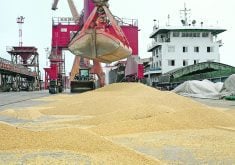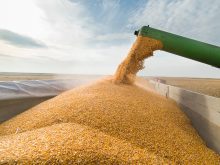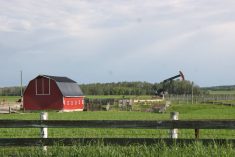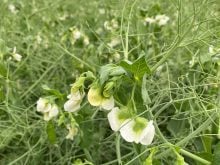El Nino is back and that probably means a warmer and drier winter for prairie farmers.
David Phillips of Environment Canada said El Nino has appeared 11 times in the past 50 years, and in nine of those appearances the prairie winter was warmer and drier than average.
“That’s pretty solid,” said Phillips.
Most weather predictions are “marginally better than flipping a coin,” said Phillips, but the El Nino correlation is much stronger than most weather factors.
However, he said this year’s El Nino is “just a little guy,” according to data collected by the U.S. National Oceanic and Atmospheric Administration.
Read Also
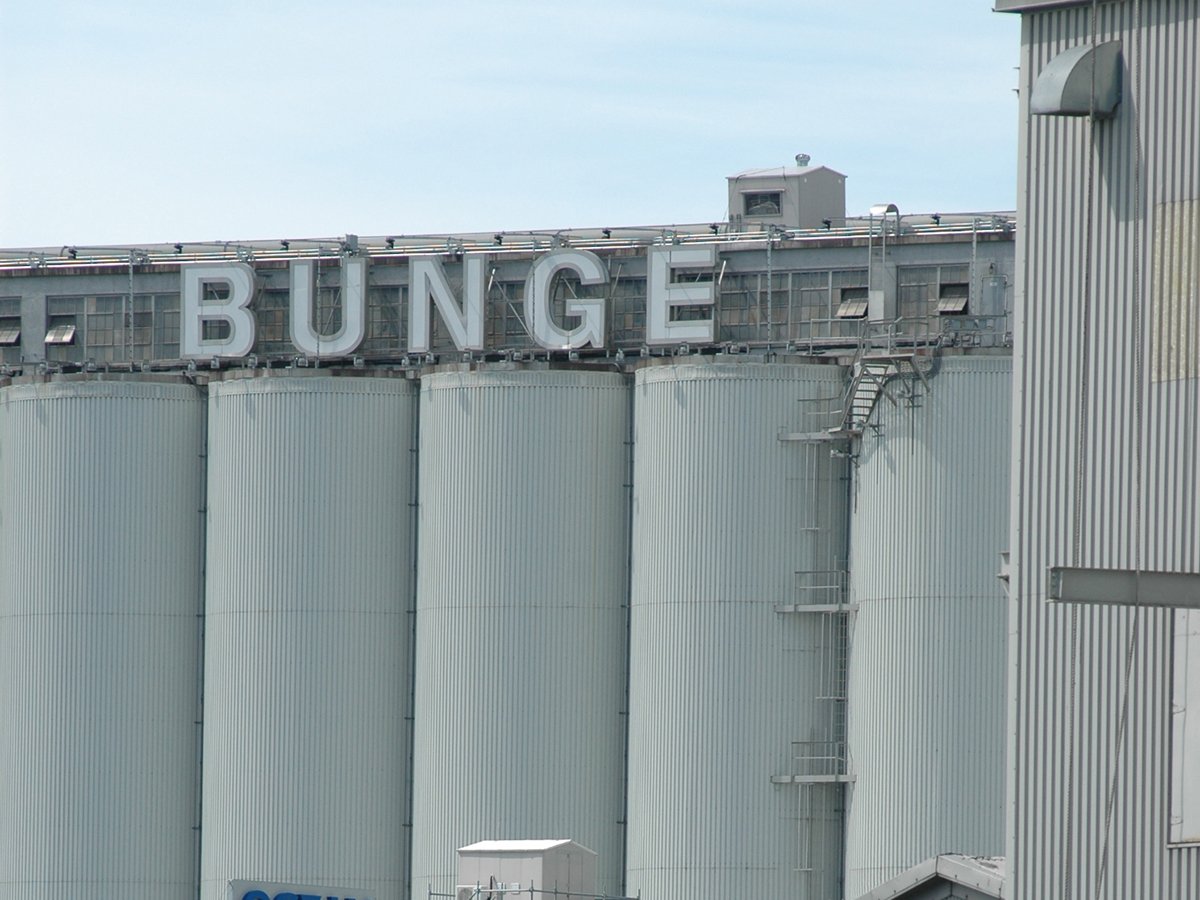
Bunge’s crop mix is changing
Bunge has predominantly been a soybean processing firm, but that’s about to change after the merger with Viterra with softseed processing and grain merchandising gaining ground.
El Nino is the name for a weather phenomenon that begins in the south part of the Pacific Ocean. When it occurs, ocean temperatures rise and warm the air above the water. That warm air flows north and changes some northern hemisphere weather patterns.
For the Canadian Prairies it means that the Arctic air mass, which usually blankets the area for much of the winter, is shoved north by warm winds.
The jet stream splits, leaving most of the frigid air in the Arctic and the Prairies in a calm zone between the warm southern air and the cold northern air.
“It puts most of the Prairies and the western U.S. states into what we could call a no-weather zone,” said Phillips.
Because the jet stream isn’t causing the warm southern and cold northern air masses to collide over the Prairies, there tend to be few storms that cause precipitation.
The Pacific air that flows over the Prairies tends to dump its moisture in the mountains, then flow through, dropping little more.
The American weather forecaster has declared the onset of the El Nino phenomenon, but said it is too early to say whether it will stick around.
Usually El Nino arrives in the spring or summer and lasts through the winter, but this one has only just arrived.
The area it covers is 10 percent of the big El Nino in 1997-98, and instead of being four to five degrees warmer than usual, the water temperature is up less than one degree so far.
“It needs to grow and become more unseasonably warm to produce the effects we would see here in Canada,” said Phillips.
The 1997-98 winter was the third warmest on record and had 36 percent less moisture than average.
Phillips cautioned that all weather predictions are based on averages and the arrival of El Nino does not mean that the Prairies will be a tropical paradise this winter.
“People will still be shovelling snow and cursing the weather, but it should tend to be warmer and drier month over month,” said Phillips.




